Course Offerings: Biochemistry
CHEM 731/7310 - Rational Drug Design
Semester: Fall 2025
Professor: S. Kalyaanamoorthy
|
Discipline: Biochemistry
|
Campus: Waterloo
This course offers an introduction to molecular modeling and molecular dynamics (MD) simulation methods, with a focus on applications in drug discovery. Students will receive hands-on tutorials and training in using modeling and simulation software to explore a variety of research problems.Key topics include conformational analysis, molecular mechanics, and molecular dynamics; computational studies of drug-receptor interactions, docking of small organic molecules to biological receptors, and ...
CHEM 731/7310-01 - Antibiotics and Resistance
Semester: Winter 2026
Professor: D. Sychantha
|
Discipline: Biochemistry
|
TBA
...
CHEM 731/7310-02 - Proteins
Semester: Winter 2026
Professor: E. Meiering
|
Discipline: Biochemistry
|
Campus: Waterloo
TBA
...
CHEM 731-7310 - Advanced NMR Theory
Semester: Spring 2025
Professor: T. Dieckmann
|
Discipline: Biochemistry
|
Campus: Waterloo
Prerequisites: Chem 731 Biomolecular NMR Spectroscopy and two terms of Calculus at UG level (for example, Math 127/128 at UW).
This course covers the advanced theory of NMR spectroscopy, including energy level, vector model, density matrix and product operator formalism.
Among the topics discussed are:
Basics of NMR spectroscopy
Spectrometer hardware
Energy level description of NMR spectroscopy
The vector model in ...
CHEM 737/7370 - Enzymes
Semester: Spring 2025
Professor: J. Honek
|
Discipline: Biochemistry
|
Campus: Waterloo
This graduate course will address the underlying principles of enzymatic catalysis (with examples) along with discussion of techniques that are applied to this area. This course will focus on the protein itself and how its structure contributes to catalysis. Subtopics will include protein dynamics, electrostatic potential, active-site geometry and transition state stabilization among other factors that contribute to enzyme catalysis and substrate selectivity. The chemical mechanism of ...

